First, coaxial cable
Video signal transmission generally uses direct modulation technology, in the form of baseband frequency (about 8MHz bandwidth), the commonly used transmission medium is coaxial cable. Coaxial cable is specially designed to transmit video signals, and its frequency loss, image distortion and image attenuation amplitude are relatively small, which can well complete the task of transmitting video signals.
The distance from the camera to the monitoring host is ≤200 meters, usually about 100 meters. You can use SYV-75-3 (ie RG59 line) video cable or SYV-75-5 (96 series).
The distance from the camera to the monitoring host is> 200m <350m. You can use SYV-75-5 (128 series) video cable.
The distance from the camera to the monitoring host is about 500 meters, which can be basically achieved with SYV-75-7. (Not commonly used)
The distance from the camera to the monitoring host is 500-1000 meters, which can be transmitted by optical fiber.
PS: SYV cable is a kind of coaxial cable.
SYV-75-5: S stands for radio frequency, Y stands for polyethylene insulation, V sheath, 75 stands for characteristic impedance, 5 stands for wire diameter.
A: 64 series B: 96 series C: 128 series "Edit" represents: the density of the shielding layer, that is, the dense copper wire on the outside.
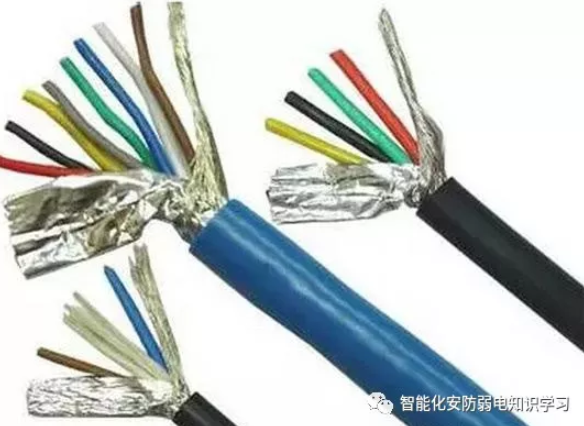
Optical fiber transmission
Longer distance adopts optical fiber transmission method. Optical fiber transmission has a series of advantages such as low attenuation, frequency bandwidth, no electromagnetic interference, light weight, and good confidentiality. It is mainly used for national and provincial backbone communication networks and cable television networks. And high-speed broadband computer networks. In closed-circuit television monitoring systems, optical fiber transmission has also become the preferred method for long-distance video and audio and control signal transmission.
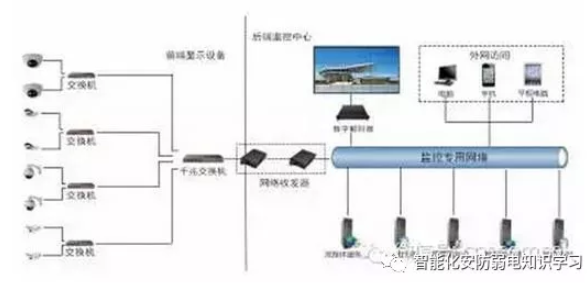
Communication cables
The communication cable is generally used in a camera device equipped with a motorized pan / tilt and a motorized lens, and a remote control decoder needs to be installed on site when in use. The communication transmission cable between the on-site decoder and the video matrix switching host of the control center generally uses a 2-core shielded communication cable (RVVP) or a category 3 twisted pair UTP, and the cross-sectional area of ​​each core is 0.3mm2 to 0.5mm2. The basic principle for selecting communication cables is that the longer the distance, the larger the wire diameter. For example: The basic communication distance specified by RS-485 communication is 1200m, but in actual engineering, the use of RVV2-1.5 sheathed cable can extend the communication length to more than 2000m. When the communication distance is too long, RS-485 communication repeater is needed.
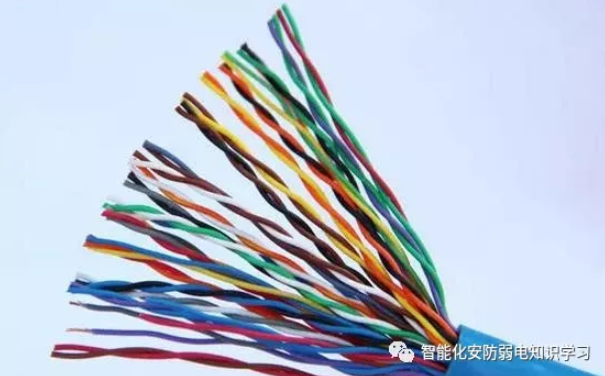
Four, twisted pair transmission
Video signals can also be transmitted using twisted pair cables, which require twisted pair transmission equipment. In some special applications, twisted pair transmission equipment is indispensable. For example, when a large number of twisted-pair wires have been laid in the building according to the comprehensive wiring standard (the standard is called Category 3 or Category 5) and the corresponding information interface (RJ45 or RJ11) is left in each relevant room, the new When adding closed-circuit television monitoring equipment, no further wiring is required. Both video and audio signals and control signals can be transmitted through twisted pair cables, and the transmission of video signals requires twisted pair cable transmission equipment. In addition, for applications where a twisted pair cable (or two-core sheathed cable) has been laid and the image of the front-end camera needs to be transmitted to the central control room equipment, a twisted pair transmission device is also required.
The function of twisted pair video transmission equipment is to convert the video signal suitable for unbalanced transmission (that is, suitable for 75Ω coaxial cable transmission) into the video signal suitable for balanced transmission (that is, suitable for twisted pair transmission) at the front end; The reverse processing of the front end converts the video signal transmitted through the twisted pair into an unbalanced video signal.
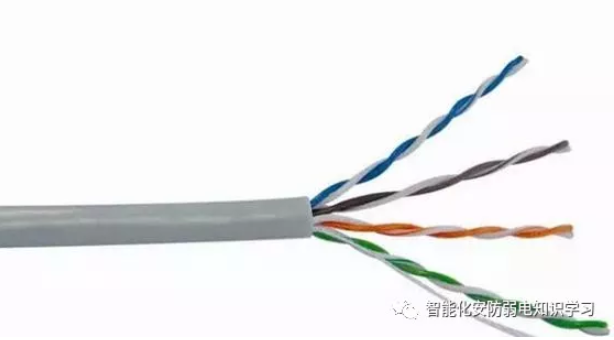
The twisted pair transmission device itself has a video amplification function, so it is also suitable for long-distance signal transmission. For the above different transmission methods, the transmission components and transmission lines used are quite different.
Five, sound monitoring cable
The sound monitoring cable generally uses 4-core shielded communication cable (RVVP) or category 3 twisted pair UTP, each core cross-sectional area is 0.5mm2. Under the environment without interference, unshielded twisted pair can also be selected, such as Category 5 twisted pair (4 to 8 cores) commonly used in integrated wiring; because the audio signal of the monitor head in the monitoring system is transmitted to the central control room is The point-to-point wiring method adopted uses high voltage and small current transmission, so an unshielded 2-core cable can be used, such as RVV2-0.5.
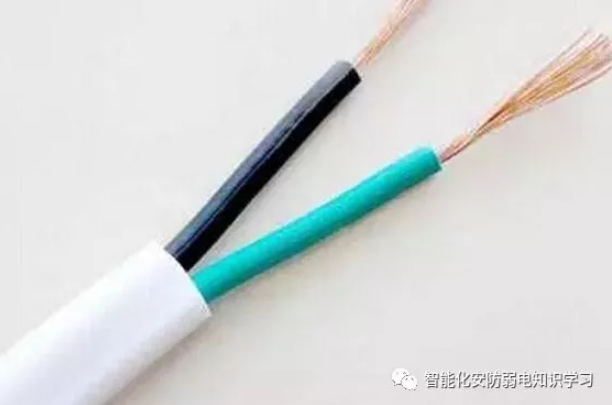
Control cable
The control cable usually refers to a multi-core cable for controlling the PTZ and motorized variable lens. One end is connected to the controller or decoder's PTZ and motorized lens control terminal, and the other end is directly connected to the PTZ and motorized On the corresponding terminal of the lens.
The distance between the gimbal and the controller is less than or equal to 100 meters. Use RVV6 × 0.5 sheathed wire.
The distance between the gimbal and the controller is more than 100 meters. Use RVV6 × 0.75 sheathed wire.
PS: Sheath line introduction: Soft sheath has RVV and BVV
v-polyvinyl chloride insulation
v-polyvinyl chloride sheath
R-soft
VV-PVC insulated PVC sheathed power cable
RVV-PVC insulated PVC sheathed flexible cable (also known as sheathed wire) Monitor the types and differences of commonly used cables Video cable, RF cable, shielded and unshielded, signal cable, control cable, etc., various models First-time entrants are often confused. The following are the differences between several common models: RVV and KVV, RVVP and KVVP: The wires used in RVV and RVVP are soft wires composed of multiple thin copper wires, that is, RV wires. The wires used in KVV and KVVP are hard wires composed of a single thick copper wire, that is, BV wires. The difference between AVVR and RVVP: The same thing, except that the name of the internal cross-section is less than 0.75 square millimeters is AVVR, and the name of 0.75 square millimeters or more is RVVP.
Custom Inflatable Toys
Inflatable Toys refer to toys made of tensile tension made by thin film materials and the air pressure difference between the inside and outside of the film. The volume after discouraged, it is easy to carry the collection of PE film inflatable toys, PVC film inflatable toys, TPUs, EVA environmentally friendly materials inflatable products, grid cloth and Oxford cloth foam toys, rubber glue inflatable products, enamel inflatable animals and so on.
Custom inflatable toys have a variety of shapes, colorful colors, and strong fun. They are loved by children, such as inflatable small animals, swimming rings, inflatable dolls, etc. Water toys are soft, elastic and safe, large -scale inflatable toys are novel and exciting, and they are strong. Small inflatable toys are the best choices in children's hands.
Custom Inflatable Toys,Custom Beach Balls,Personalized Beach Balls,Custom Pool Floaties
P&D Plastic Manufacture Co., Ltd , https://www.jmpoolfloat.com




